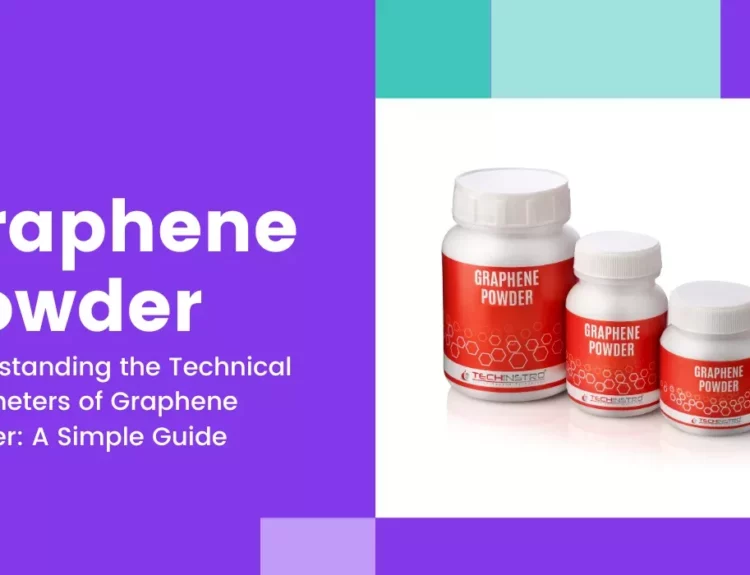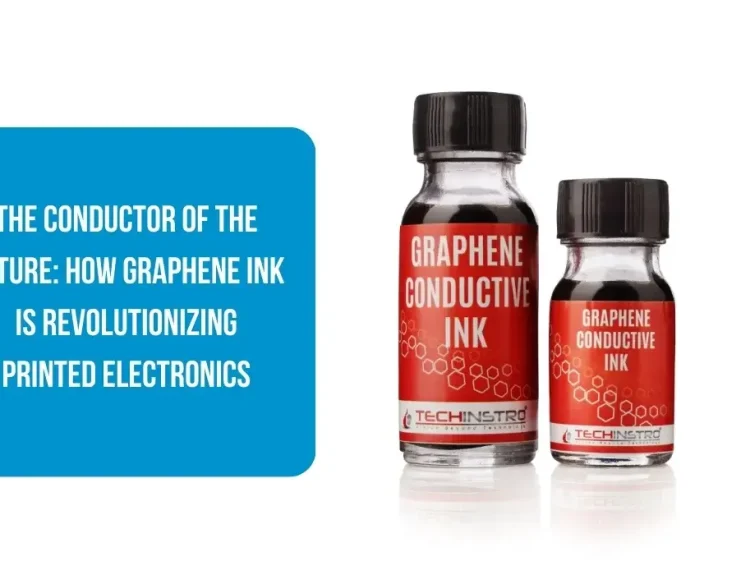Graphene oxide (GO) differs from pure graphene because it contains oxygen groups attached to its structure. These oxygen groups give graphene oxide unique properties that make it useful in various applications, including its role as a catalyst in chemical reactions. In this article, we’ll explore how graphene oxide works as a catalyst and why it’s valuable in chemistry.
What Is a Catalyst?
A catalyst is a substance that speeds up a chemical reaction without being used up or changed in the process. It helps reactants (the starting materials) turn into products more quickly or efficiently. Catalysts are essential in many industries, like pharmaceuticals, energy, and manufacturing, because they make processes faster and often save energy.
Authentic supplier and manufacturer list of Graphene Oxide. They ship graphene oxide powder across the world.
Why Graphene Oxide Works as a Catalyst
Graphene oxide is a suitable catalyst for several reasons:
- Large Surface Area: Graphene oxide has a huge surface area because it comprises thin, sheet-like layers. This large surface provides plenty of space for chemical reactions to occur.
- Presence of Oxygen Groups: The oxygen groups on graphene oxide’s surface (like hydroxyl, carboxyl, and epoxy groups) make it reactive and capable of interacting with various molecules. These groups can help to activate reactants and promote reactions.
- Good Stability: Unlike other catalysts that might degrade or change during a reaction, graphene oxide is stable under many conditions, making it reliable and reusable.
- Tunable Properties: Scientists can adjust the amount of oxygen groups in graphene oxide, allowing them to modify its catalytic properties for different reactions.
How Graphene Oxide Catalyzes Reactions
Graphene oxide can work as a catalyst in different ways:
- Oxidation Reactions: One of the most common uses of graphene oxide is in oxidation reactions. The oxygen groups on GO can help transform certain molecules by adding oxygen atoms. This is useful in making chemicals like alcohols and acids.
- Reduction Reactions: Graphene oxide can also help with reduction reactions, which assist in removing oxygen atoms from molecules. This is important in producing products like reduced metals and other valuable chemicals.
- Support for Metal Catalysts: In some cases, graphene oxide is a support material for other metal catalysts, like gold, palladium, or copper. The metal particles sit on the surface of the graphene oxide and form an efficient catalyst. This combination can enhance the reactivity and stability of the metal, leading to faster and more efficient chemical processes.
Examples of Reactions Using Graphene Oxide as a Catalyst
- Organic Synthesis: Graphene oxide makes various organic compounds, like alcohols, acids, and ketones. It helps speed up the reactions needed to create these products, which are essential for medicines, plastics, and other chemicals.
- Environmental Applications: Graphene oxide can also be used in reactions that break down harmful pollutants in water or air. For example, it can catalyze reactions that remove toxic dyes from wastewater, making the water cleaner and safer.
- Energy Production: In the energy field, graphene oxide is used in reactions that produce hydrogen gas, a clean fuel. By acting as a catalyst, graphene oxide makes these reactions faster and more efficient, helping to develop sustainable energy solutions.
Advantages of Using Graphene Oxide as a Catalyst
- Cost-Effective: Graphene oxide is generally cheaper than some traditional catalysts, especially precious metals like platinum. This makes it an attractive option for industrial applications.
- Reusable: Because of its stability, graphene oxide can be used multiple times without losing its catalytic ability, reducing waste and cost.
- Versatile: Its ability to catalyze a wide range of reactions makes graphene oxide a flexible tool in chemical processes, whether in pharmaceuticals, environmental cleanup, or energy production.
Conclusion
Due to its large surface area, oxygen-containing groups, and stability, graphene oxide is a powerful catalyst in chemical reactions. It is crucial in various fields, from creating new compounds to environmental protection and energy production. As research continues, graphene oxide could become even more critical in developing efficient, cost-effective, and sustainable chemical processes.







